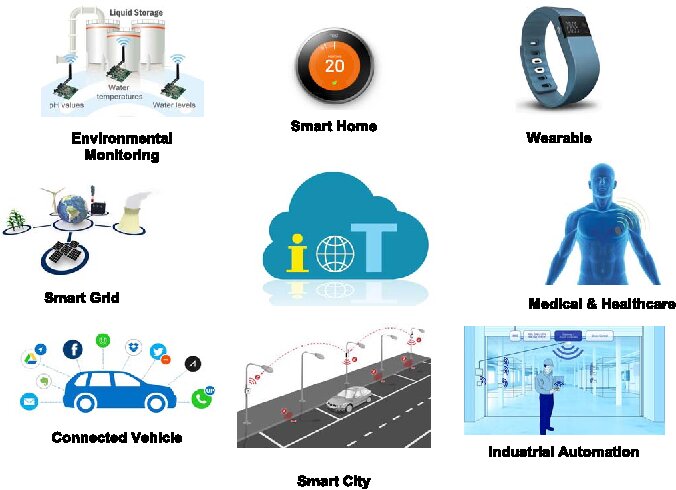- IoT refers to the physical objects and machines with sensors and software that aim to exchange data between devices over the network.
- IoT comes with many privacy risks, such as leaks of personal data, identity breaches, and chances of malware/hacking attempts.
- Minimize these risks by adding strong passwords and encryption on IoT devices and allowing trusted access to data.
With the widespread adoption of the Internet of Things (IoT), we should not ignore the risks associated with the phenomenon. The mass data collection by IoT companies brings forth significant security and pricy concerns on the user’s end. Knowing the privacy risks will help you make the correct decisions to protect your data and information on the internet.
What Is IoT?
The Internet of Things refers to physical objects with sensors, different software, and other technologies. The sole purpose of such technology is to send and receive data between devices over the network (Brou & Janssen, 2015). For instance, barcode scanners are equipped with sensors that scan the barcode on an item and exchange data to verify its price and product details.

Cloud computing platforms, advancements in AI technology, wider connectivity, and rapid progress in machine learning have made it possible to exchange data efficiently and within seconds using the IoT. According to McKinsey & Company, IoT can have an economic impact of $12.6 trillion by the end of 2025.
IoT Privacy Risks
The online world has several risks attached to it, one of which is privacy and security concerns. Large-scale implementation of IoT means these machines need a massive chunk of data, requiring constant monitoring and analysis of their respective environments. With newer techniques of online security breaches, IoT users, especially older people, show significant security concerns, as seen by Koohang et al., 2023.
For instance, the government needs to install CCTV cameras on various sites across the city to create more efficient traffic control. It might give them unauthorized access to residents’ vehicle plates and personal identity. Therefore, one of the greatest risks involved with IoT is a breach of people’s privacy (Sultana & Tamanna, 2021)

Moreover, the techniques to gather data in IoT can be intrusive, as most tech devices require access to personal information such as name, location, photos, calls, etc.
IoT providers and developers track our habits, behaviors, and locations to personalize our experience online and with IoT devices. We can not always be sure whether they are maintaining the confidentiality of personal data or not (Almubark & Masmali, 2022).
There have been numerous instances of data misuse by big companies. The Guardian reported that WhatsApp shares user data, including names and phone numbers, with Facebook to show more targeted advertisements. In another case, Careem’s database was breached, exposing the customer’s trip tracking, email, and contact details. That’s not all!
The data is not safe even on governmental levels. In one of the biggest security breaches in India’s history, information about 815 million Indians was put up on the dark web, including their national identity numbers and passport details.
Minimize Privacy Risks
The best way to maintain privacy is to set up strong passwords for your accounts and regularly update them. I go for 2-Factor Authentication wherever possible to add an extra security layer. Doing so prevents risks of hacking and malware attacks. Additionally, I use VPNs and only access HTTP sites to surf the network to ensure safe data transfer.

Larger organizations should do regular risk assessments to identify any vulnerabilities in IoT devices. If identified, they need to develop strategies to tackle them quickly. Steps like creating more robust encryption, only allowing authorized individuals to conduct network communications, and making identity attributes less visible to transmitting parties can help mitigate privacy concerns (Boeckl et al., 2019).
Besides, anonymity, transparency, simplicity, explicit consent, and the General Data Protection Regulation (GDPR) are the most crucial factors in handling privacy concerns in IoT devices (Mohanty et al., 2022).
IoT is so deeply ingrained in our day-to-day lives that it is impossible to prevent it from accessing our information. Rather, it is better to focus on the terms and conditions of such devices so we are aware of how our data is used.
Latest Updates
- Motherboards Are Getting Too Expensive
- Will Solid-State Drives Completely Replace Hard Disk Drives?
- Will AR Gaming Be The New Trend? What To Expect
- How Games are Being Used for Education and Social Change
- Should Visual Entertainment Industry Fear Sora by OpenAI?
Thank you! Please share your positive feedback. 🔋
How could we improve this post? Please Help us. 😔


 Threads
Threads


